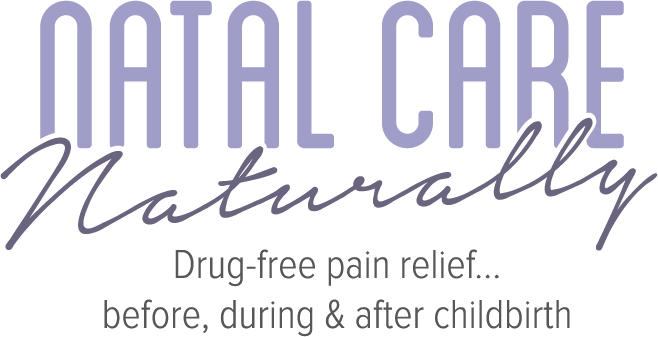Even if you cruised through your pregnancy and had the easiest delivery on record, your body has been stretched and stressed to the max, and it needs a chance to recover. There is no time limit on postpartum healing, so take your time.

We’ve come up with some practical advice on postpartum care for ‘down there’.
Ouchy!
The perineum is the area between the anus and the vagina and if you’ve had a vaginal birth then this area could be sore, swollen and/or stitched. Try the following:
- Add Epsom Salt to your bath water or use a postpartum healing bath soak to ease pain and help healing.
- Fill your Peri Wash Bottle with lukewarm water and 5-10 drops of Witch Hazel and squirt down there when you go to the toilet. This helps prevent infection and aids healing to reduce the stinging when peeing. Use the Peri Wash Bottle again after finishing your wee and pat dry with a clean soft towel.
- Apply Postpartum Ice Packs to the perineum area to soothe pain and reduce swelling. You can purchase specifically designed ice packs or make your own and add a blend of Witch Hazel and Aloe Vera for cooling, instant relief and reduced swelling.
- Change maternity pads regularly.
- Move around as often as possible, to increase blood circulation and speed the healing process.
- Keep the perineum area dry and wear cotton, breathable underwear.
- Avoid lifting heavy objects or strenuous activity as the strain may cause bleeding and break the stitches.
Going ‘Number 2’s’
There are so many topics not talked about before giving birth and discussing your first bowel motion after a vaginal birth, is one of them. When 'down there' is raw, sore and swollen, for some women, the thought of 'going number two's' can be terrifying. With a little help from nature, you can make things a whole lot more comfortable.
- In the first couple of days after giving birth, drink lots of water and try eating kiwifruit and high fibre foods such as leafy green vegetables. Apples, citrus fruits, lentils, beans, wholegrains and dried fruit are also good options to have on hand. You may need to bring these to the hospital with you.
- For many women Kiwi Crush is a god-send and is a 'hospital-bag must-have'.
- Health food stores and pharmacies also generally stock good quality natural laxatives.
The key is to be prepared with what you need to help make things a little ‘softer’ and a little more comfortable.
Bleeding after Birth
Vaginal bleeding after labour is normal. Initially the bleeding can be quite heavy and you’ll need maternity or heavy flow pads (do not use tampons). Change your pads regularly and wash your hands before and after.
You may notice the bleeding is redder and heavier when you breastfeed. This happens because breastfeeding makes your womb contract. You may also feel cramps similar to period pains.
The bleeding will carry on for a few weeks. It will gradually turn a brownish colour and decrease until it finally stops. If you're losing blood in large clots, tell your midwife. You may need some treatment.
Just like pregnancy and childbirth, your postpartum recovery is personal and unique. During this time, focus on your new born and your own well-being. It’s more than OK to be easy on yourself during this time.
If you’re having difficulties during your postpartum recovery, don’t be afraid to contact your LMC at any time. And don’t hold back on sharing your feelings with your partner, or reaching out to close friends and family members for help with the baby. Your physical and emotional health is important, so make sure to give yourself a break when you need it the most.



